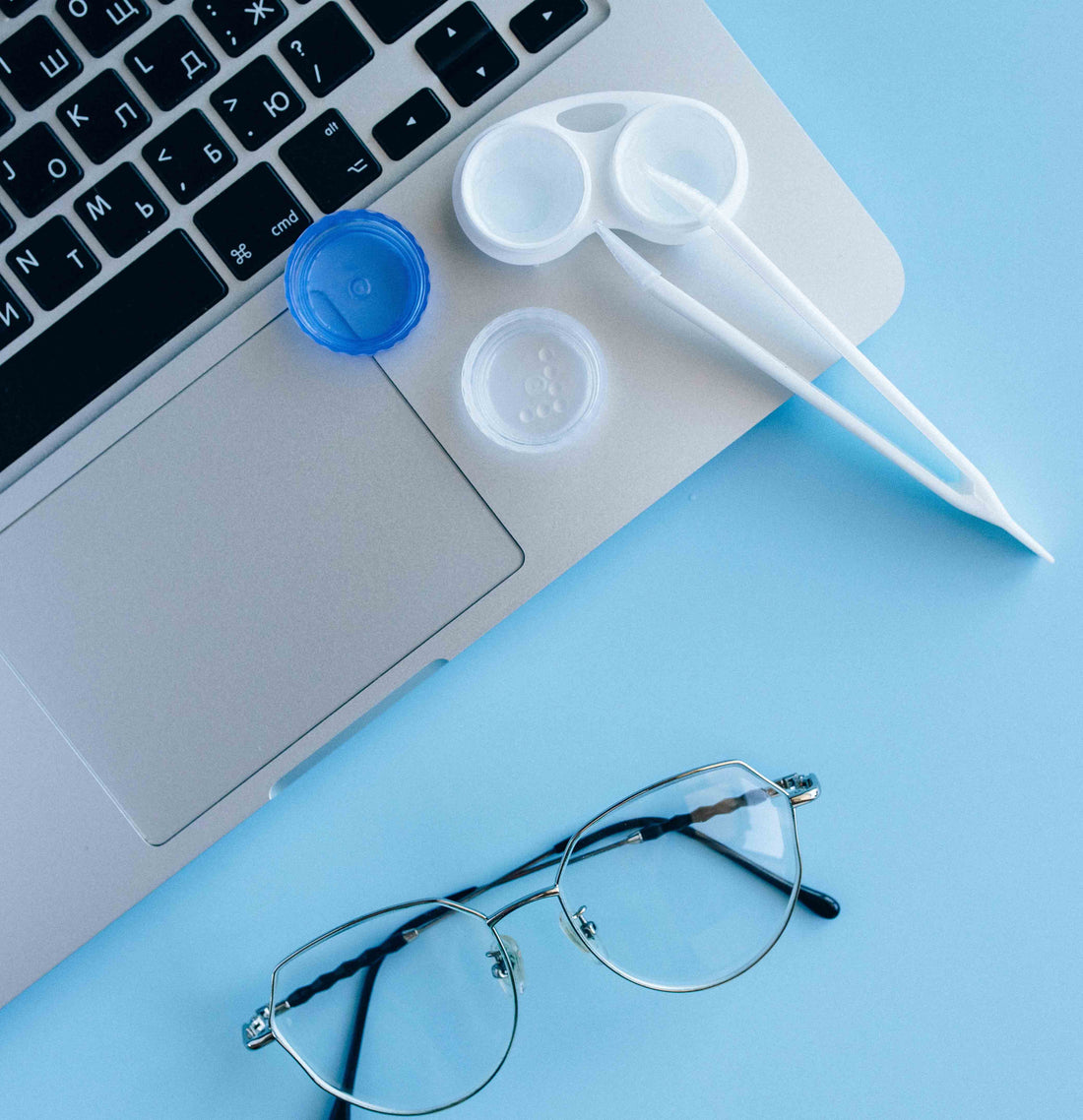
A Guide to Preservatives in Contact Lens Solution
Share
All contact lens solutions are produced according to general principles of formulation and good manufacturing practice. See below, a basic guide and description of the various buffers preservatives that can be used for contact lens solution in Europe and North America:
What are Buffers?
Buffers are included where there is a need to keep the pH within the narrow limits necessary for contact lens wear (pH 6-8). The Antimicrobial Buffer System (ABS) patented by CIBA Vision combines three borate buffers (boric acid, sodium borate and sodium perborate) in bottled saline. These constituents yield 0.006% hydrogen peroxide, which acts as an antimicrobial agent. Other unreserved salines are buffered with borate or bicarbonate; phosphate is used in only a minority of preparations.
What are Preservatives used in Contact Lens Solution?
Preservatives restrict the growth of micro-organisms and maintain The sterility of the solution remaining in the bottle and in the contact lens case. Typical examples are given below:
Chlorhexidine digluconate - Usually included with other preservative systems in a concentration of 0.006% for hard lens solutions. If it is used alone, the kill time is slow and lenses must be stored for a minimum of 10 hours. Soft lens solutions employ a reduced concentration of 0.002-0.005%.
Thiomersal - A mercurial derivative used in concentrations of 0.001-0.002% with both hard and soft lens solutions, more often found with the latter. Thiomersal is effective against fungi, but toxic reactions are fairly common. It is slow acting as a preservative and so is usually incorporated with chlorhexidine or EDTA.
Polyquats - The collective name for the two main antimicrobials found in the current generation of soft multipurpose solutions. The polyquats are from the same family as chlorhexidine, but have a greater molecular size and weight. This means they are unable to penetrate the matrix of a soft lens and each polyquat molecule causes proportionally more damage to micro-organisms because its polymeric nature makes it more effective in low concentrations. All polyquats bind negatively charged phospholipids found in the bacterial plasma membrane. Their action results in cellular lysis rather than disrupting bacterial cell walls as with other antimicrobials.
Polihexanide poli - It is found in concentrations of 0.00005- 0.0001% and
is a new generation polyquat used as a high molecular weight preservative. The molecular weight is 14 times that of chlorhexidine. It is bactericidal but its action against fungi is questionable. It has shown good microbial efficacy with minimal toxicity and so is used as both a infectant in a concentration of 0.001% preservative.
Aldoxyristamidopropyl dimethylamine - It has a novel antimicrobial buffering system. Effective against fungal contamination and Acanthamoeba cysts, Aldox interacts with the fungal cell wall components to allow penetration and is found in a concentration of 0.0005%.
Water-soluble cationics – Examples, such as polyxetonium chloride 0.006%, have low toxicity and are used in hard lens solutions.
Phenylmercuric nitrate and chlorbutol - Phenylmercuric nitrate is found in some multipurpose hard lens solutions in a concentration of 0.004%. Chlorbutol binds to CAB and is now uncommon due to its volatile nature. Used in concentrations of 0.4%.
Quaternary ammonias - Alkyl triethanol ammonium chloride is used in soft lens soaking solutions in concentrations of 0.013-0.03%.
Sorbic acid – Used in surfactant cleaners with a concentration of 0.1%